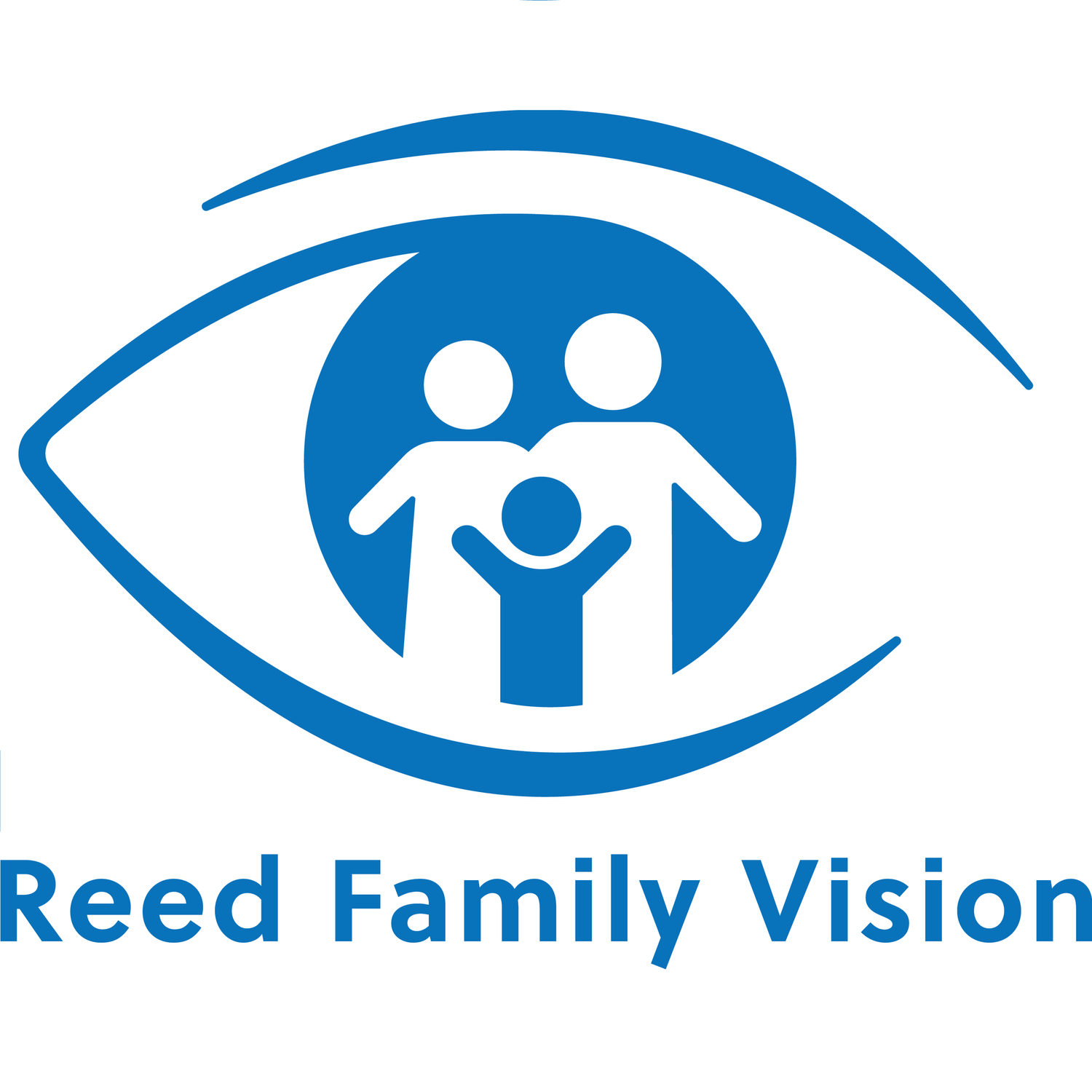The Beauty of Winter
It might look pretty but the cold weather can cause winter dry eyes!
old temperatures, dry indoor heat, and brisk winter winds can leave your eyes feeling irritated, gritty, and uncomfortable. Winter dryness is incredibly common, but the good news is that a few simple changes can help protect your eye health all season long.
Why Winter Causes Dry Eyes
During winter, humidity levels drop both outside and inside. Furnaces, space heaters, and heated car vents can make the air even drier, pulling moisture from your eyes and disrupting your natural tear film. This can lead to:
Burning or stinging
Redness
Blurred or fluctuating vision
Sensitivity to light
A feeling like something is “in your eye”
Easy Ways to Combat Winter Eye Dryness
1. Use a Humidifier at Home
Adding moisture back into the air can dramatically improve comfort. Your eyes, skin, and sinuses will thank you.
2. Stay Hydrated
Even in cold weather, your body needs plenty of water to maintain healthy tear production. Sip throughout the day—don’t wait until you’re thirsty.
3. Take Screen Breaks
We blink less when looking at screens, which leads to faster tear evaporation. Follow the 20-20-20 rule: every 20 minutes, look at something 20 feet away for 20 seconds.
4. Adjust Your Heating System
Avoid sitting directly in front of hot air vents or using high heat settings in the car. Point vents toward your feet instead of your face.
5. Add Lubricating Eye Drops
Artificial tears can replenish moisture and relieve discomfort. Choose preservative-free options for frequent use.
6. Protect Your Eyes Outdoors
Wind and cold can irritate eyes quickly. Wear sunglasses or sport-style winter eyewear to shield your eyes from the elements.
When to See an Eye Doctor
If dryness persists, affects your daily activities, or is accompanied by excessive tearing, sensitivity, or pain, it’s time for a professional evaluation. Chronic dry eye can signal underlying issues that may need treatment.
Reed Family Vision provides customized solutions—including advanced dry eye therapies—to help you stay comfortable through winter and beyond.
























